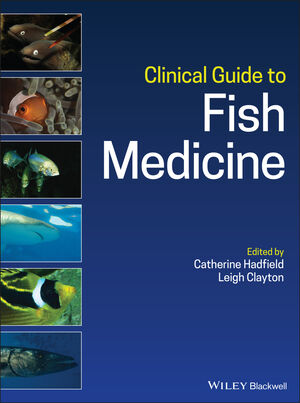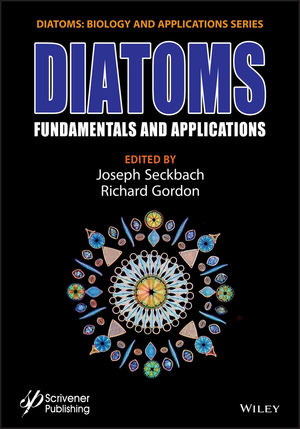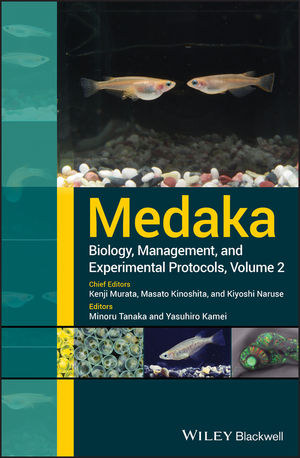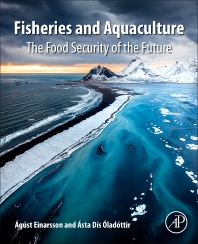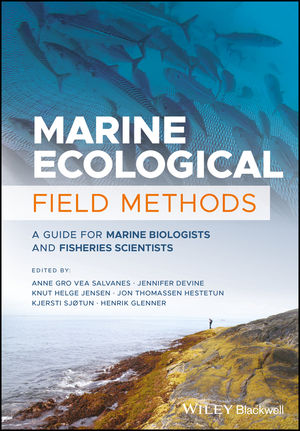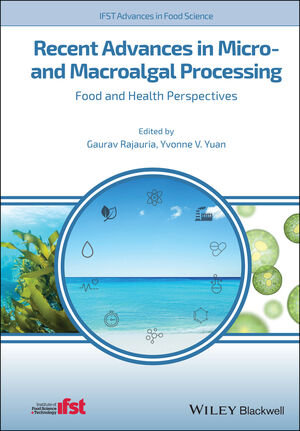
News & Views
Fish Nutrition
Nutrition & Feed products
Feed challenges threaten aquaculture gains in Sub-Saharan Africa
February 28, 2020 By Nestor Arellano
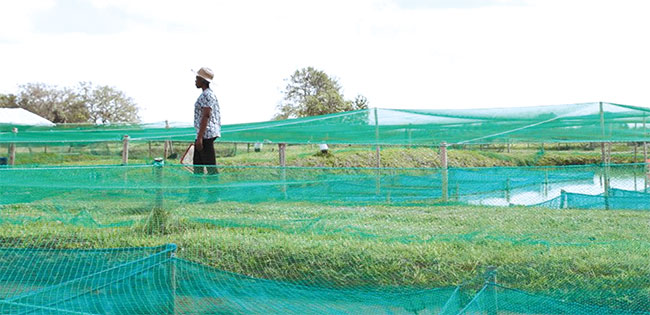 Lack of sufficient feed manufacturing facilities contribute to increasing demand for quality feed among fish farmers in Sub-Saharan Africa. (Photo credit: Aquaculture Association of Tanzania)
Lack of sufficient feed manufacturing facilities contribute to increasing demand for quality feed among fish farmers in Sub-Saharan Africa. (Photo credit: Aquaculture Association of Tanzania) A host of challenges including government red tape, high taxes, and supply issues are preventing fish farmers in Sub-Saharan African countries to get their hands on badly needed fish feed, according to several reports and studies.
The situation threatens to stymie if not stall the progress of aquaculture in the region. Sub-Saharan Africa accounted for 1.7 million metric tonnes (MT) of the world’s 76.6 million MT of fish production in 2015. A full-blown feed shortage would be bad news in 2020 for the region’s growing population.
For example, aquaculture in Tanzania is practiced by both farmer groups and private individuals. There are efforts to push programs geared towards developing a sustainable, competitive and more efficient fisheries and aquaculture industry that improves the livelihood of stakeholders while boosting the national economy and preserving the environment.
However, “Access to feeds faces the challenges of shortage, quality, and high cost,” according to a report prepared by the Aquaculture Association of Tanzania (AAT).
The report mentioned other issues such as policy and regulatory reforms, zoning, conservation, and access to fingerlings. But it pointed out that lack of access to fish feed was jacking up the cost of production for fish farmers.
“Currently, there are no big feed production factories in the country and small feed producers do not offer quality feed,” the report said. “Domestic production has been reported to be discouraged by the high tax barrier that raise the cost of production.”
The result is that farmers are often forced to resort to imported feeds that cost more.
The report recommended that local feed production should be supported in order to produce quality feed at competitive prices.
Expansion of the aquaculture industry in the region will increase demand for feeds, according to a 2015 report by Prof. Emmanuel Kaunda of the Lilongwe University of Agriculture and Natural Resources (LUANAR)-Bunda Campus in Malawi.
“Currently the aquaculture sector relies on farm-made feeds while feed manufactured by the formal industry accounts for less than 20 percent in most of the countries except in Egypt, Nigeria, Ghana, Mauritius, Zimbabwe, Zambia, Malawi, Uganda, and other fast-growing aquaculture countries,” the report said. “Feed which constitutes more than 60 percent of production costs is mostly from farm-based manufacturing systems and is of low quality.”
African countries are capable of producing aquafeeds on commercial-scale through on-farm production by informal manufacturers, he said.
“There are also some formal producers of aquafeeds for instance in Egypt, Cameroon, Ghana, Uganda, and Malawi,” he said. “Pelleted fish feed are produced in few countries mostly in Egypt, Nigeria, and South Africa, largely manufactured by animal feed industry on request, however, it is expensive for most small-scale commercial operators to make a profit in their enterprise.”
He recommends that governments and stakeholders strengthen their knowledge base to better understand supply trends and factors such as feeds, stocking materials and management skills.
The report said that the feed challenge could be an opportunity for businesses and governments to develop new technologies and practices for the industry.
For instance, in Egypt, chicken manure is used to improve pond productivity. Commercial feed production in the country is now increasing.
Uganda has a feed policy and a bill to ensure safety to consumers and good feed quality, the report said. A total of 80,000 tonnes of fish feed per annum is produced.
Print this page
Advertisement
- Denitrifying woodchip bioreactors for wastewater treatment
- Russian billionaire eyes fish hatchery venture
